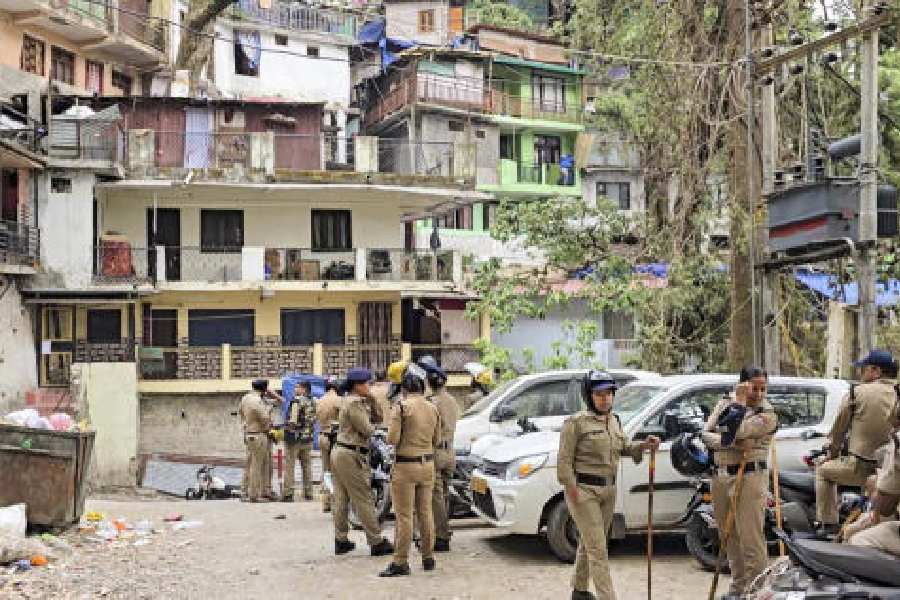The Indian Institute of Engineering Science and Technology (IIEST), Shibpur, has got "relatively poor-ranking students" this year and teachers feel the five-year dual-degree course could be responsible for it.
At least 130 first-year seats in the institute have remained vacant this year. Teachers made it clear at the last senate meeting that they were unhappy with the quality of students who have taken admission.
The senate takes academic decisions and forwards them to the board of governors - the institute's highest decision-making body - for ratification. It met last on August 29.
A campus source said the dean of academic affairs, Amit Das, had said at the meeting that the five-year dual-degree course might be a reason for drawing students with poor ranks compared with the National Institutes of Technology (NIT). Most NITs offer four-year BTech programmes.
Das, however, refused to tell Metro if he had blamed the dual degree course at the meeting.
That the institute had failed to attract bright students first came to the fore after the July counselling for students who cracked the JEE Main. Data available with the central agency that allots seats based on JEE-Main ranks showed that several NITs had got students with better ranks than the IIEST.
In July, institute director Ajoy Kumar Ray had said he was disappointed with the outcome of counselling. He had attributed the poor admission trend to various factors, including confusion among students outside Bengal over the prospects of the dual-degree course.
In the August meeting, the senate members discussed if it was time the institute created an exit option for students willing to opt out of the course at the end of the fourth year.
A senate member told Metro that most members recommended that the exit-option proposal be placed before the board for "serious reconsideration". "It was proposed at the meeting that a committee be formed with the department heads under the chairmanship of the dean of academic affairs to prepare a course structure with an exit option for all departments," the member said.
This is not the first time senate members spoke about an exit option. In a meeting in March, a similar proposal had been drawn up and forwarded to the board.
"The five-year dual-degree course can't be popular without research facilities and faculty like those in reputable engineering and technology institutes," the senate member said. "Since we don't get adequate fund support from the human resource development ministry, the institute is yet to have infrastructure like that of the NITs. In the absence of proper infrastructure, it is difficult to retain engineering students for a dual-degree course."
Many senate members have said the matter should be tabled before the board though director Ray had informed them that the board had in its July 16 meeting said the institute should continue with the dual-degree course without an exit route for at least two-three years.
Ray said the proposals of the senate would be again tabled in the board's next meeting. "Let the board decide." But he denied the issue of students with poor ranks getting admission to the institute.










